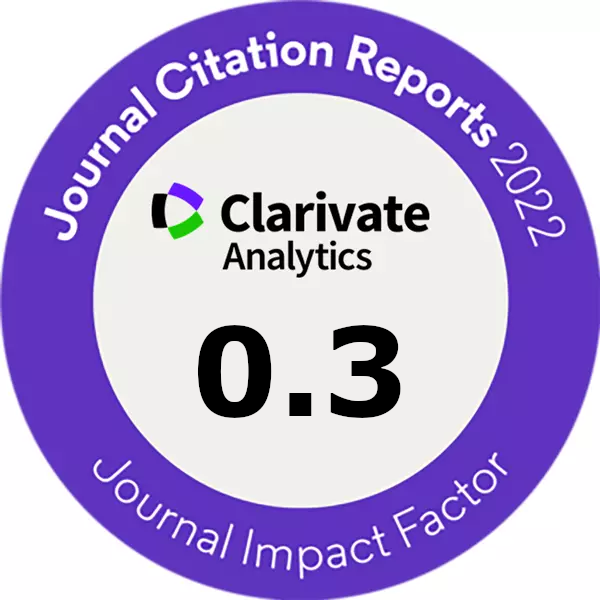MONITORING OF HEAPS USING VARIOUS TECHNOLOGIES
DOI:
https://doi.org/10.14311/CEJ.2015.02.0011Keywords:
UAV, RPAS, orthophoto, visualization, monitoring, thermal imagingAbstract
Coal heaps are frequently self-burning by definite environmental conditions, therefore thermal activity monitoring of these localities is important. For this purpose, data from terrestrial measurement or thermal infrared images are used. Subsurface coal fires monitored by terrestrial measurement by contact thermometers are time-consuming and dangerous because of landslides. That is a reason why coal fires are mostly monitored by thermal infrared images through remote sensing, i.e. satellite-borne or airborne data, which is much more suitable for thermal activity monitoring.
The satellite data do not have sufficient geometric resolution (60 - 120m per pixel), aerial thermal data are accurate, but expensive. Unmanned aerial vehicles (UAV or better RPAS - remotely piloted aircraft systems) can be solution – thermal images obtained by RPAS have good geometric resolution and can be used for small areas only and our case project areas are not so big. From economic point of view, low cost technology is preferred.
The article describes opportunities of low-cost thermal infrared data, the use of RPAS (mapping by Microkopter system) in thermal monitoring and photogrammetric tasks (coal heaps) such as low cost aerial thermal mapping. The problems of planning and data acquisition are illustrated by creating an orthophoto. Theoretical preparation of data acquisition deals with RPAS Microkopter mission planning and operation. The obtained data are processed by several sets of software specially developed for close range aerial photogrammetry. The outputs are orthophoto images, digital elevation models and thermal map. As a bonus, low-cost aerial methods with small thermal camera are shown.
Downloads
References
VAN DIJK, P., ZHANG, J., JUN, W., KUENZER, C., WOLF, K., 2011: Assessment of the contribution of in-situ combustion of coal to greenhouse gas emission; based on a comparison of Chinese mining information to previous remote sensing estimates. International Journal of Coal Geology, 86, 108-119
KUENZER, C., ZHANG, J., TETZLAFF, A., VOIGT, S., VAN DIJK, P., WAGNER, W., MEHL, H., 2007. Uncontrolled coal fires and their environmental impacts: investigating two arid mining environments in north-central China. Applied Geography, 27, 42–62.
ELLYETT, C. D. et FLEMING, A. W., 1974: Thermal infrared imagery of the burning mountain coal fire. Remote Sensing of Environment, 3, 79-86
PRAKASH, A., SASTRY, R.G.S., GUPTA, R.P., SARAF, A.K., 1995: Estimating the depth of buried hot features from thermal IR remote sensing data: a conceptual approach. International Journal of Remote Sensing, 16, 2503-2510
STRACHER, G. B. TAYLOR, T. P., 2004: Coal fires burning out of control around the world: thermodynamic recipe for environmental catastrophe. International Journal of Coal Geology, 59, 7-17
PRAKASH, A., SCHAEFER, K., WITTE, W. K., COLLINS, K., GENS, R., GOYETTE, M. P., 2011: A remote sensing and GIS based investigation of a boreal forest coal fire. International Journal of Coal Geology, 86, 79-86
ZHANG, X., 1998: Coal Fires in Northwest China. Detection, Monitoring and Prediction Using Remote Sensing Data. PhD. Thesis. Delft University of Technology. Delft. P.133
MISHRA, R. K., BAHUGUNA, P. P., SINGH, V. K., 2011: Detection of coal mine fire in Jharia Coal Field using Landsat-7 ETM+ data. International Journal of Coal Geology, 86, 73-78
Mansor, S. B. & Cracknell, A. P. & Shilin, B. V. & Gornyi, V. I. Monitoring of underground coal fires using thermal infrared data. International Journal of Remote Sensing, 17, 1994, pp.1675-1685
ELICK, J. M., 2011: Mapping the coal fire at Centralia, Pa using thermal infrared imagery. International Journal of Coal Geology, 87, 197-203
Pozo, D., Olmo, F. J., Alados-Arboledas, L., 1997: Fire Detection and Growth Monitoring a Multitemporal Technique on AVHRR Mid-Infrared and Thermal Channels.Remote Sensing of Environment, 60, 111-120
Remondino, F. UAV Photogrammetry for mapping and 3D modelling: Current status and future perspectives , 2011
http://www.isprs.org/proceedings/XXXVIII/1-22/papers/remondino.pdf
Eisenbeiss, H. The Potential of Unmanned Aerial Vehicles for Mapping.
http://www.ifp.uni-stuttgart.de/publications/phowo11/140Eisenbeiss.pdf, 2011
Řehák, M., UAV Photogrammetry, CTU in Prague, FCE, Master Thesis, 2012.
Downloads
Published
How to Cite
Issue
Section
License

This work is licensed under a Creative Commons Attribution-NonCommercial 4.0 International License.
Authors who publish with this journal agree to the following terms:
- Authors retain copyright and grant the journal right of first publication with the work simultaneously licensed under a Creative Commons Attribution License that allows others to share the work with an acknowledgement of the work's authorship and initial publication in this journal.
- Authors are able to enter into separate, additional contractual arrangements for the non-exclusive distribution of the journal's published version of the work (e.g., post it to an institutional repository or publish it in a book), with an acknowledgement of its initial publication in this journal.
- Authors are permitted and encouraged to post their work online (e.g., in institutional repositories or on their website) prior to and during the submission process, as it can lead to productive exchanges, as well as earlier and greater citation of published work (See The Effect of Open Access).








 ¨
¨
